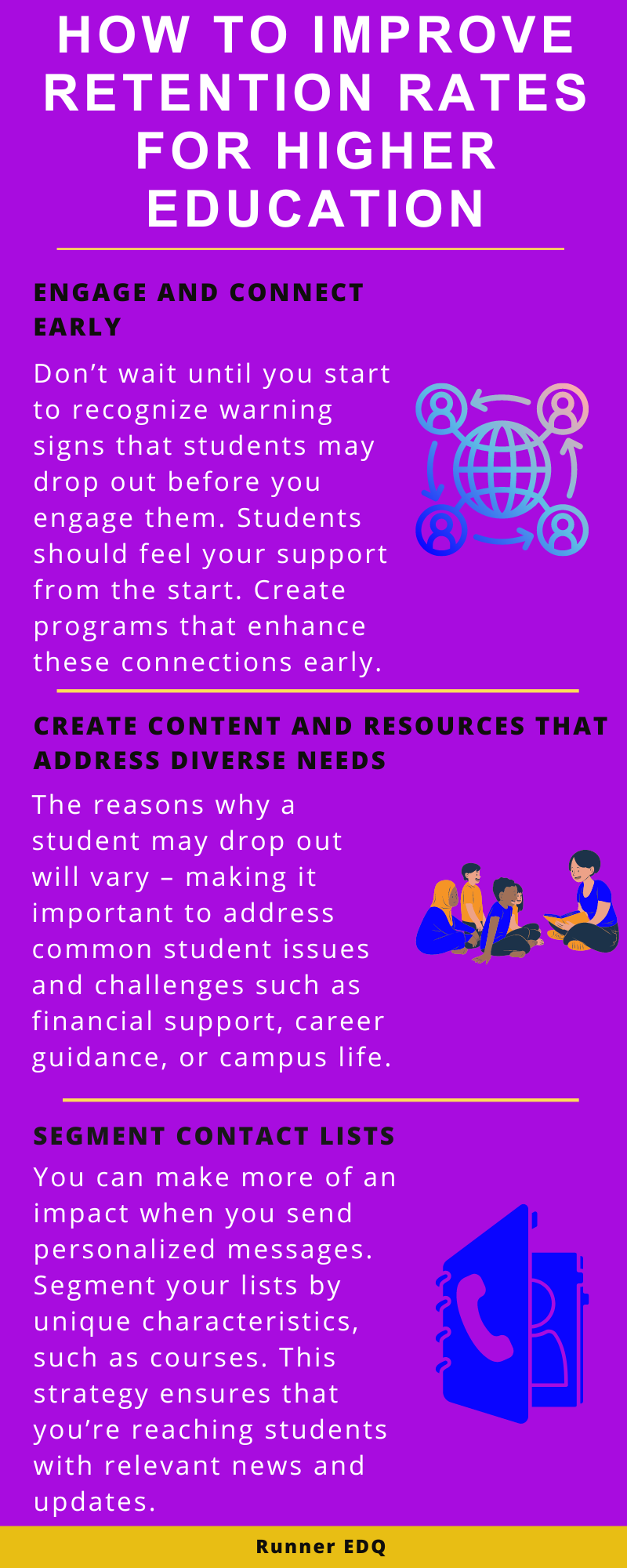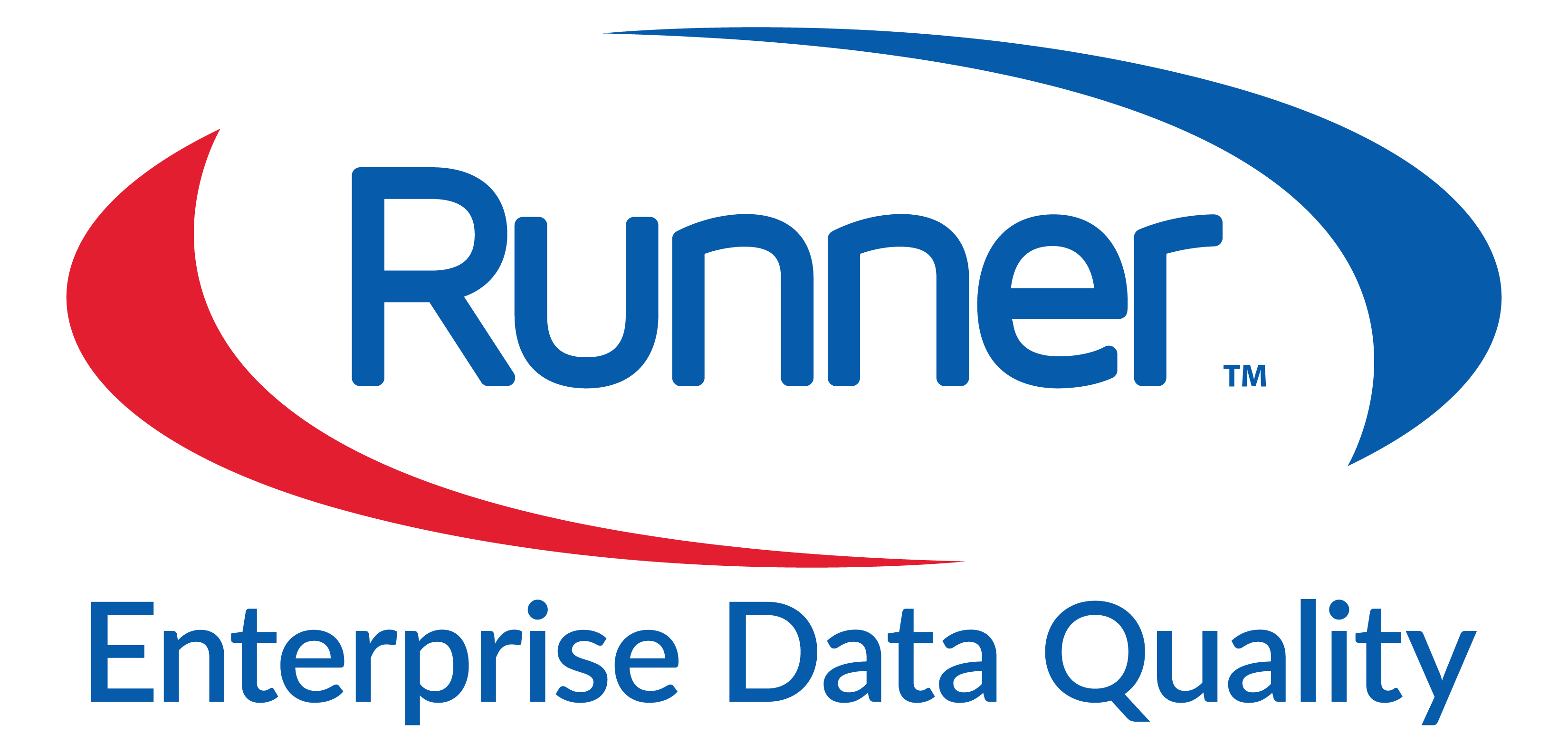Higher education institutions evaluate enrollment and retention rates to measure success. But there’s more to it than the numbers that gauge revenue streams and profitability.
Colleges and universities have a responsibility to deliver quality education and a mission to help shape the futures of their students. Students who do not graduate typically pursue a career path that leads to lower-paying jobs, fewer professional prospects, and face more obstacles in contributing to the community. Therefore, focusing on improving student retention helps institutions maintain their financial well-being while also increasing students’ potential for future success.
Engage and connect early
Don’t wait until you start to recognize warning signs that students may drop out before you engage them. When you engage students from the start, before admission to enrollment, and throughout orientation, you create a connection – one that can become a strong bond that they will also want to cultivate and keep.
Students should start feeling your support from the start. Create programs that connect them with their peers, student leaders, and faculty. Enrolling students should have access to resources and advisors, which can help shape positive experiences. Early on, identify the communication channels that students prefer.
Create content and resources that address diverse needs
Students will face various issues along their journey. Not all students are full-time learners as some will take on part-time work. Some will face financial strains and get through their studies by taking on student loans. And some will have conflicting responsibilities that will lead to time constraints and other problems. Therefore, the reasons why a student may drop out will vary – making it important to address common student issues and challenges.
Create content and resources that address different needs. Reach them on platforms where they will most likely see valuable content, such as social media, school websites, and student portals. Some areas to focus on include financial support, career guidance, campus life, coursework, physical health, and emotional well-being.
Segment contact lists
You can make more of an impact when you send personalized messages. To tailor communications, segment your lists by unique characteristics, such as courses. This strategy ensures that you’re reaching students with relevant news and updates.
Segmenting students by year also helps ensure you’re supporting them based on where they are on their student journey. For example, the support you provide the first-year students will likely differ from continuing students and graduating students. Remember, students graduating from their first degree also present opportunities for retention as they may consider furthering their learning with a master’s degree or professional degree.
Also segment your contact list by communication preference, such as email or text. This ensures that your messages reach your students while also showing that you’re willing to meet their individual needs so that you can’t provide guidance.
Improve your student contact data segmentation by ensuring that you have clean, high-quality data. CLEAN_Student ensures you are connecting with your students during their lifecycle at your institution. Using the most reliable and accurate contact data to call, text, email, mail, or send a message on social media is crucial to stay engaged with your students. CLEAN_Student is seamlessly integrated into most Student Information Systems with no change in user experience.
To learn how we can help you and your business, complete the contact form.

